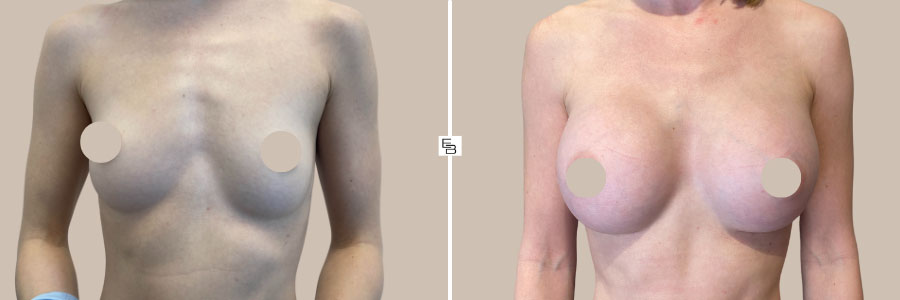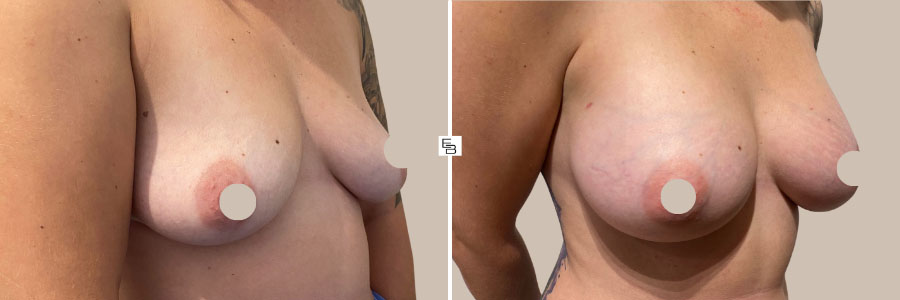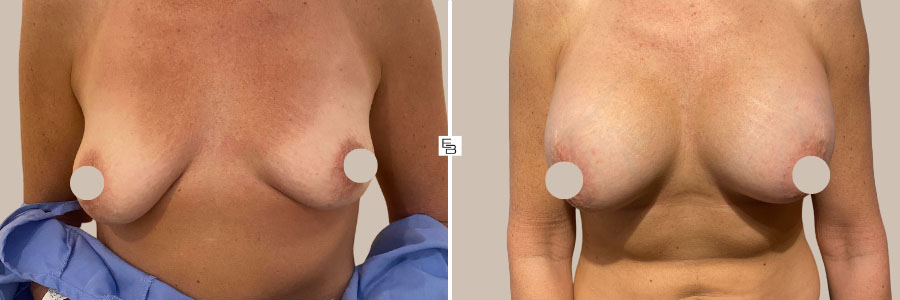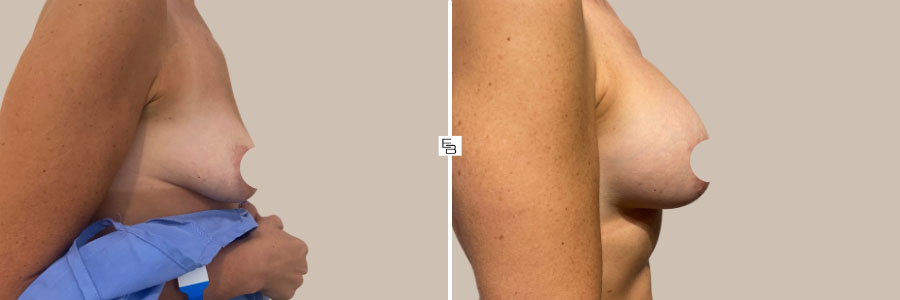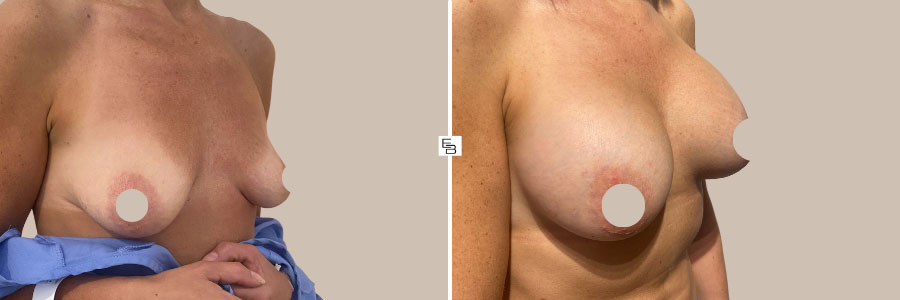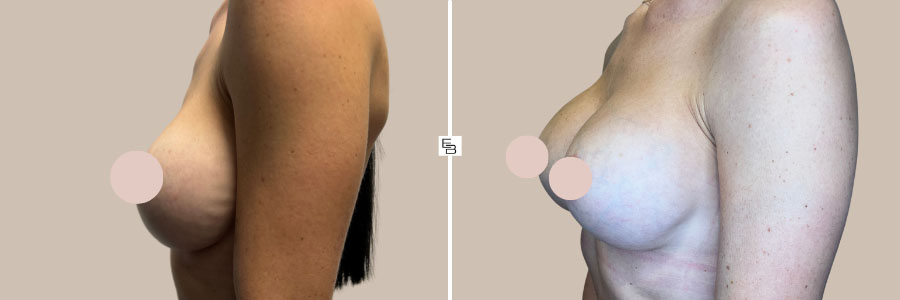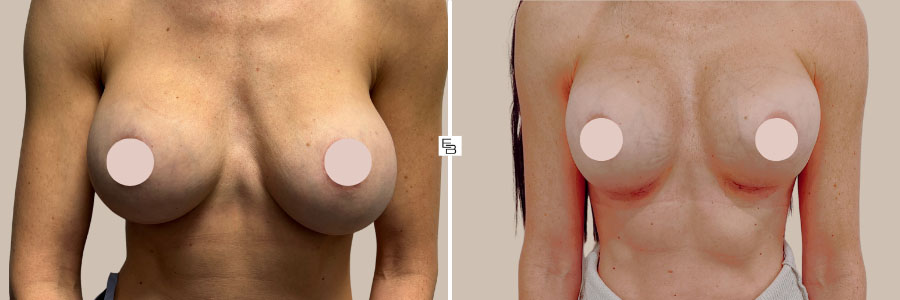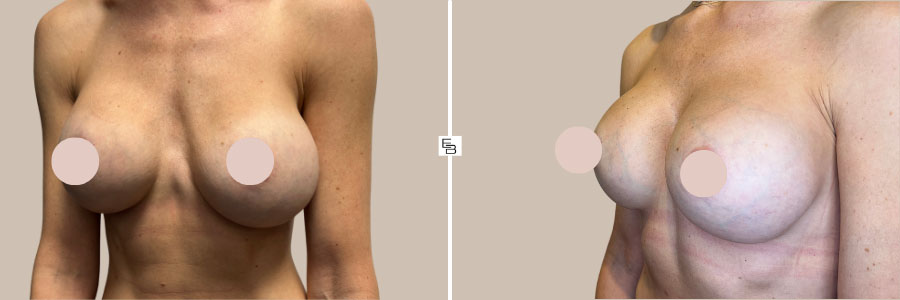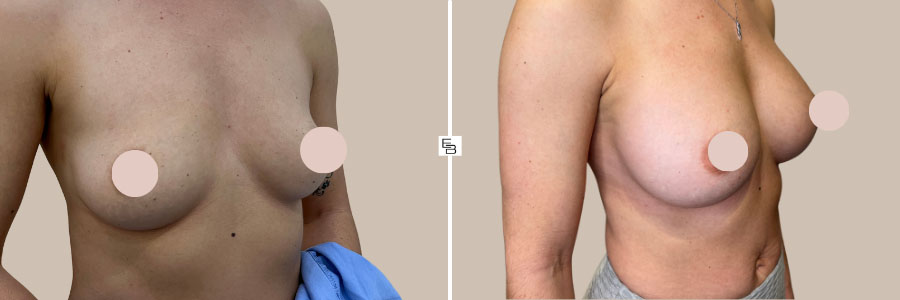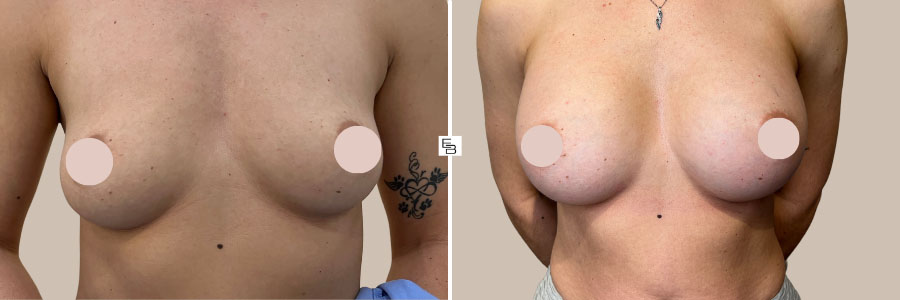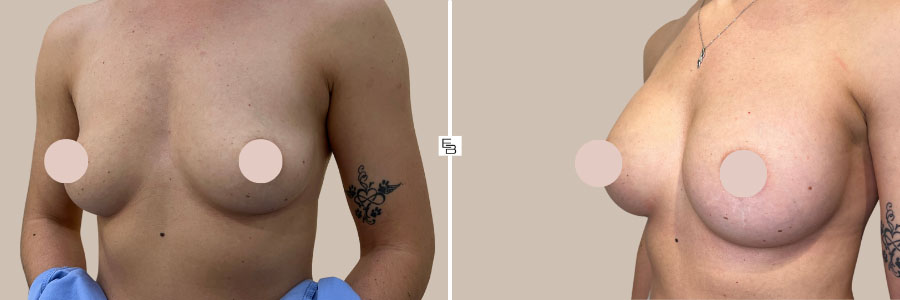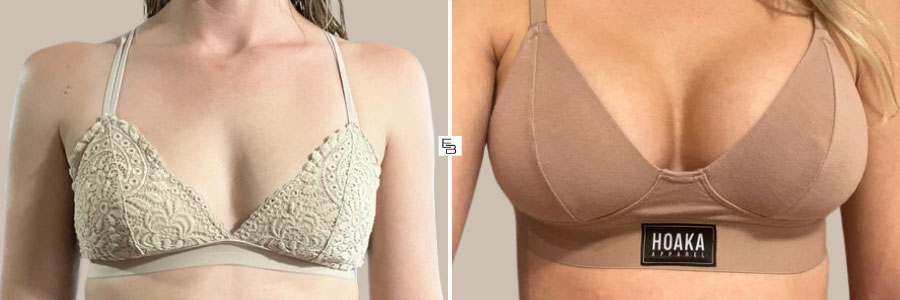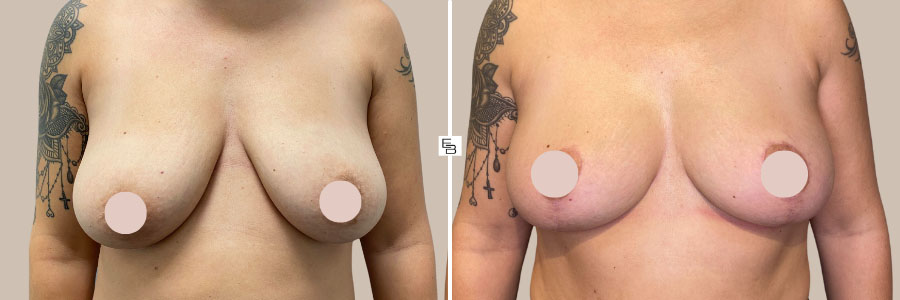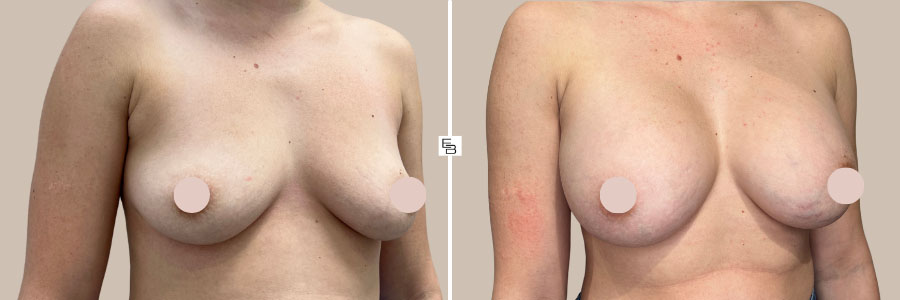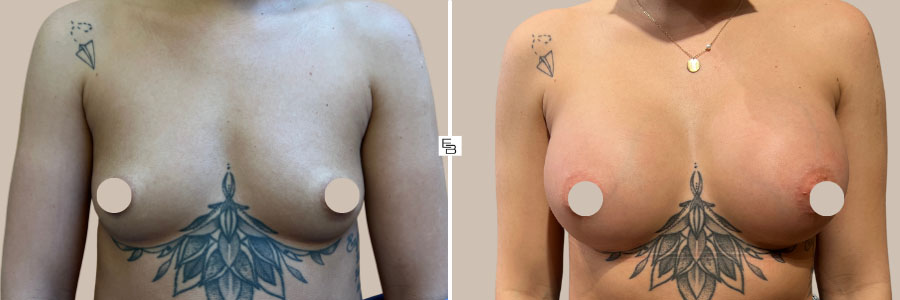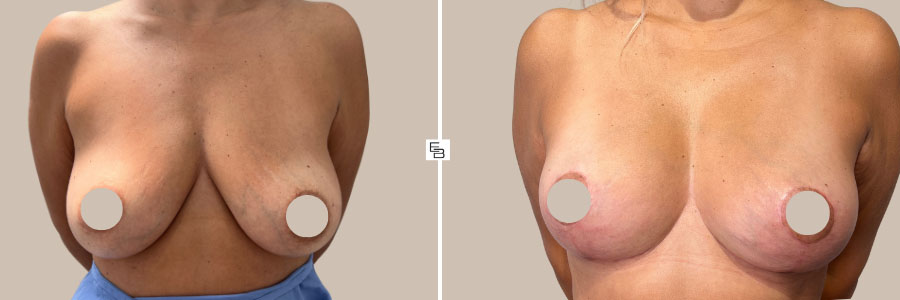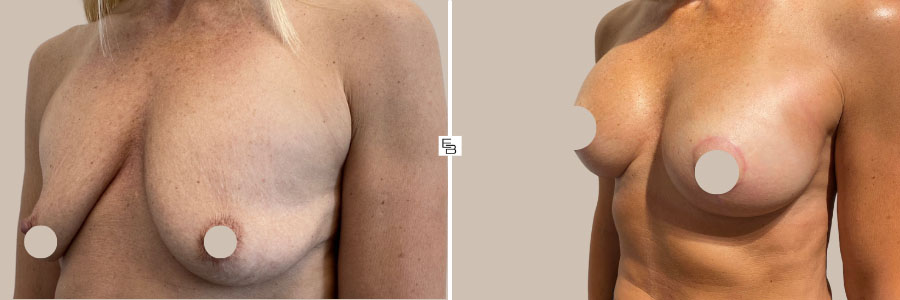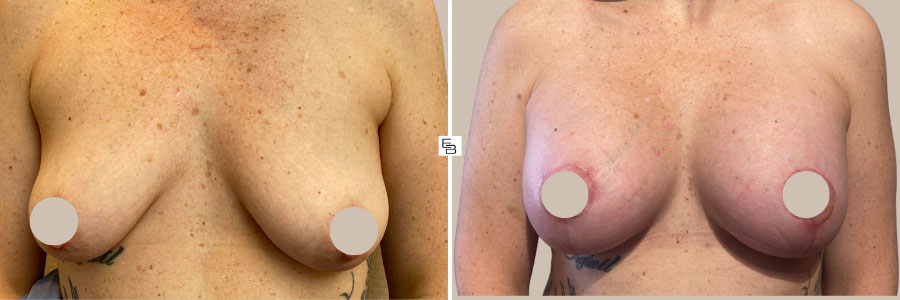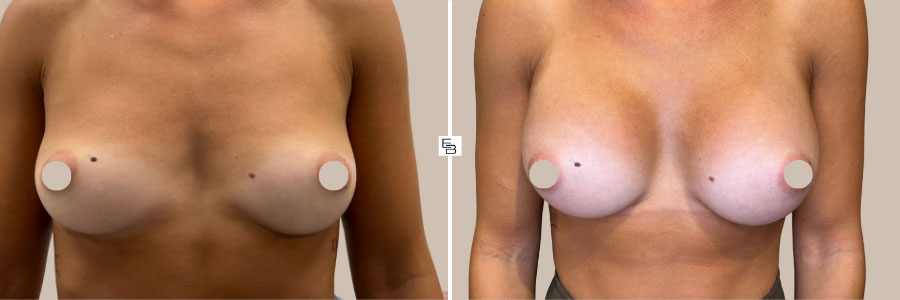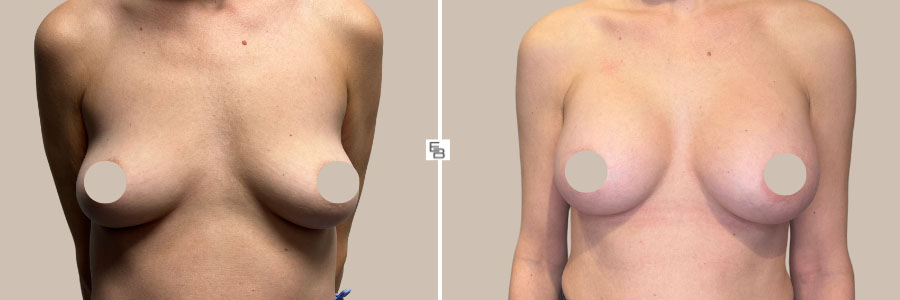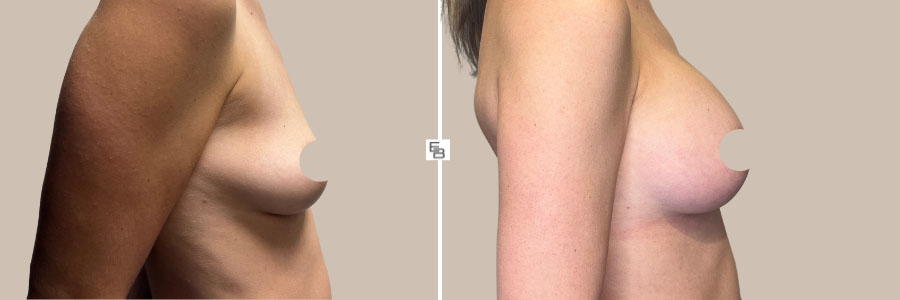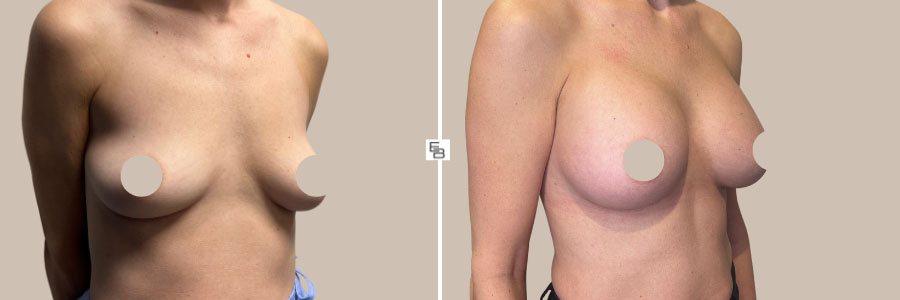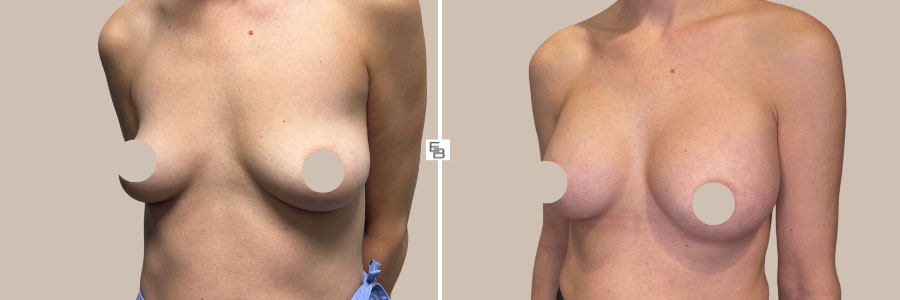BREASTS
Breast Augmentation
in Montreal
Breast augmentation also known as a breast implant, helps to increase the size of breasts in a proportionate manner if they are insufficient.
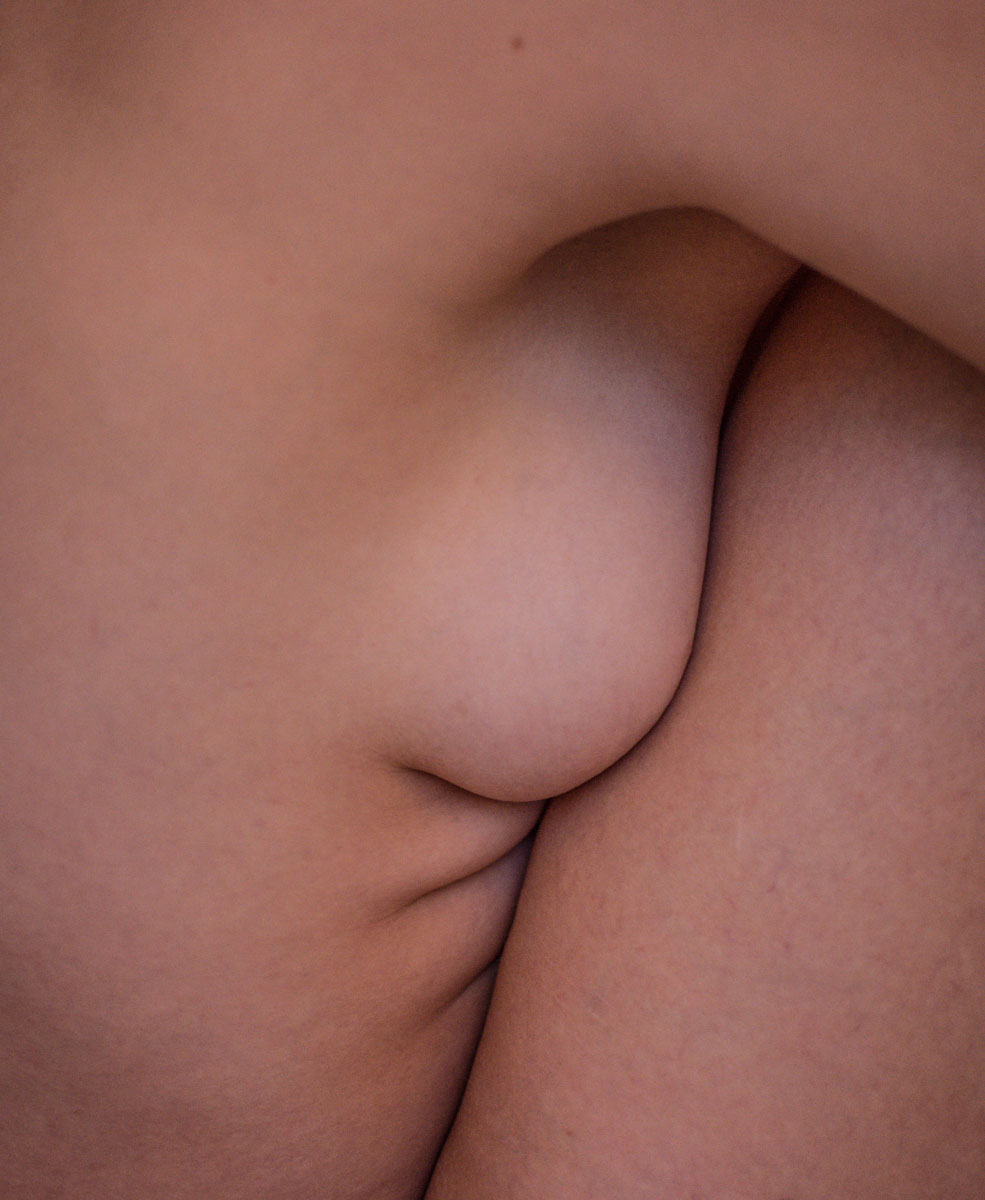
All About Breast Augmentation :
Why Get a Breast Augmentation?
The breasts are a body part that can cause insecurity for many women, and for some women, breast augmentation may be a purely aesthetic procedure.
Even though they have a satisfactory breast size, some women may desire a breast augmentation to go from a B cup to a C or D cup.
Breast augmentation may also be performed after one or more pregnancies to restore lost volume and shape.
Choosing the Right Size for Breast Augmentation
Determine the ideal size for your breasts during your breast augmentation consultation with Dr. Eric Bensimon in Montreal. His expertise ensures customized recommendations for a breast augmentation that perfectly fits your expectations.
For more information on breast implant size, breast implant price, breast implant risks, and breast implant lifespan, visit our dedicated website for breast augmentation surgery.
The process of a breast augmentation surgery :
1
Consultation
Before proceeding with a breast augmentation, Dr. Bensimon must examine the breast gland, evaluate the quality and thickness of the skin, assess any potential relaxation, and review the chest morphology. Measurements will be taken to determine if your body type is compatible with the chosen implant size and to evaluate whether a concurrent breast lift is necessary. The type of implants used, their size, the placement site, and the type of incision used must be tailored to each patient. It is essential to discuss these factors with Dr. Bensimon during the consultation. Trial fittings with multiple implant sizes will be conducted so that you can get an idea of your future silhouette.
2
The Surgery
The surgery is performed under general anesthesia. We place the incision underneath the breast in the majority of patients. The procedure lasts for approximately one hour.
3
After the Surgery
- Breast and underarm pain (controlled with pain medication)
- Existence of post-operative edema, which initially gives the breast a rather rectangular shape at the beginning (especially if the prosthesis is placed under the muscle).
- Mild post-operative bruising for 15 days
- First shower on the 3rd day
- Permanent wearing of a supportive bra during the day for at least 1 to 2 weeks
- No exercise or sports activities for 6 to 8 weeks after surgery.
- Recovery and returning to work: 2 to 3 weeks depending on the type of job.
- Dissolvable sutures.
- At the first follow-up appointment, instructions for massages and scar care are given.
FOR MORE INFORMATION
We invite you to visit our website exclusively discussing breast augmentation surgery.
FAQ
Depending on the type of implants:
Silicone Gel: approximately every 15 years
Saline: If rupture occurs only
GET A CONSULTATION
Whether it is for one or multiple of the treatments we offer, do not hesitate anymore. Contact us to schedule your consultation with Dr. Éric Bensimon.

